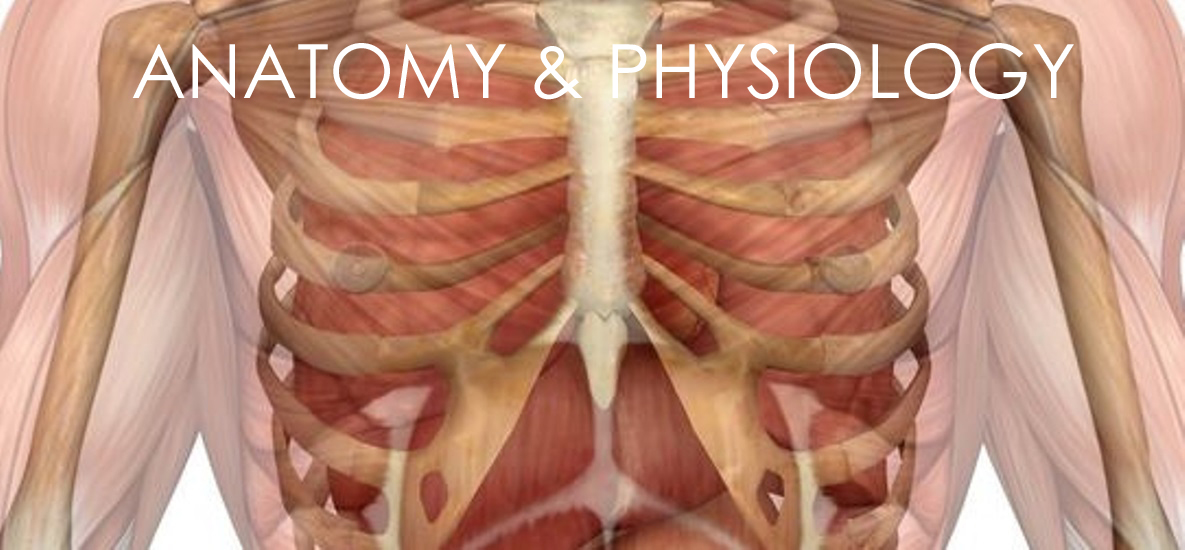Fertilization of the Ovum
|
 FIG. 8– The process of fertilization in the ovum of a mouse. |
| Fertilization consists in the union of the spermatozoön with the mature ovum (Fig. 8). Nothing is known regarding the fertilization of the human ovum, but the various stages of the process have been studied in other mammals, and from the knowledge so obtained it is believed that fertilization of the human ovum takes place in the lateral or ampullary part of the uterine tube, and the ovum is then conveyed along the tube to the cavity of the uterus—a journey probably occupying seven or eight days and during which the ovum loses its corona radiata and zona striata and undergoes segmentation. Sometimes the fertilized ovum is arrested in the uterine tube, and there undergoes development, giving rise to a tubal pregnancy; or it may fall into the abdominal cavity and produce an abdominal pregnancy. Occasionally the ovum is not expelled from the follicle when the latter ruptures, but is fertilized within the follicle and produces what is known as an ovarian pregnancy. Under normal conditions only one spermatozoön enters the yolk and takes part in the process of fertilization. At the point where the spermatozoön is about to pierce, the yolk is drawn out into a conical elevation, termed the cone of attraction. As soon as the spermatozoön has entered the yolk, the peripheral portion of the latter is transformed into a membrane, the vitelline membrane which prevents the passage of additional spermatozoa. Occasionally a second spermatozoön may enter the yolk, thus giving rise to a condition of polyspermy: when this occurs the ovum usually develops in an abnormal manner and gives rise to a monstrosity. Having pierced the yolk, the spermatozoön loses its tail, while its head and connecting piece assume the form of a nucleus containing a cluster of chromosomes. This constitutes the male pronucleus, and associated with it there are a centriole and centrosome. The male pronucleus passes more deeply into the yolk, and coincidently with this the granules of the cytoplasm surrounding it become radially arranged. The male and female pronuclei migrate toward each other, and, meeting near the center of the yolk, fuse to form a new nucleus, the segmentation nucleus, which therefore contains both male and female nuclear substance; the former transmits the individualities of the male ancestors, the latter those of the female ancestors, to the future embryo. By the union of the male and female pronuclei the number of chromosomes is restored to that which is present in the nuclei of the somatic cells. | 1 |
|
FIG. 9– First stages of segmentation of a mammalian ovum. Semidiagrammatic. (From a drawing by Allen Thomson.) z.p. Zona striata. p.gl. Polar bodies. a. Two-cell stage. b. Four-cell stage. c. Eight-cell stage. d, e. Morula stage. (See enlarged image) |
